If you have a large number of different equipment at home, one of the problems sooner or later becomes the wires going to this technique. They can be hidden, disguised, but the most radical method is to get rid of them by making the device as wireless as possible. Over time, this approach begins to spread to all equipment, including portable. So it happened to me in due time – to see off the battle!

Source humanstory.ru
The same goes for headphones. Despite the craving for good, high-quality sound, from the very beginning I was attracted by the segment of wireless headphones, which I personally got acquainted with in 2006 with the purchase of the Sony Ericsson HBH-DS970 headset. At that time it was like a revelation – Bluetooth, Walkman, radio, 6-7 hours of battery life, not the worst vacuum plugs – and all this in a relatively compact body with its own controls.
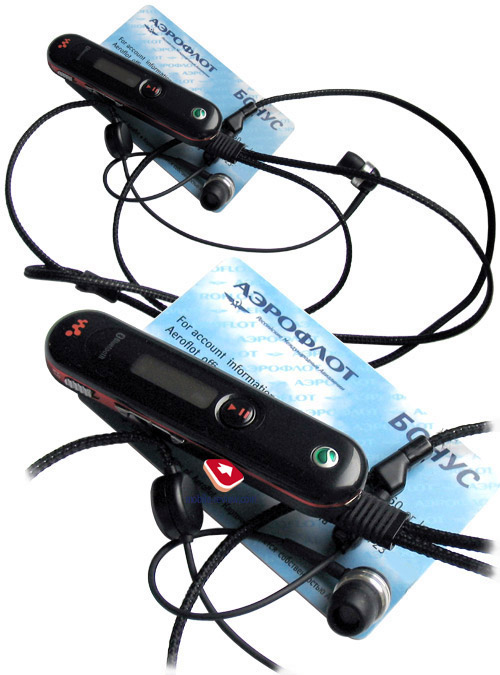
Since then, I have started to follow the market for wireless headphones, testing various new products, periodically purchasing a wireless music companion for myself. However, at any given time, along with the wireless ones, the good old 'wires' continue to lie in your pocket, just in case.
Many copies have been broken about the sound quality in wireless headphones, but it is difficult to argue with the fact that today this direction is rapidly developing and in the near future will push wired audio from the first places. This happens both due to the emergence of new technologies and codecs for wireless audio transmission, and due to the miniaturization of components, which allow creating the most compact and convenient products that were impossible yesterday.
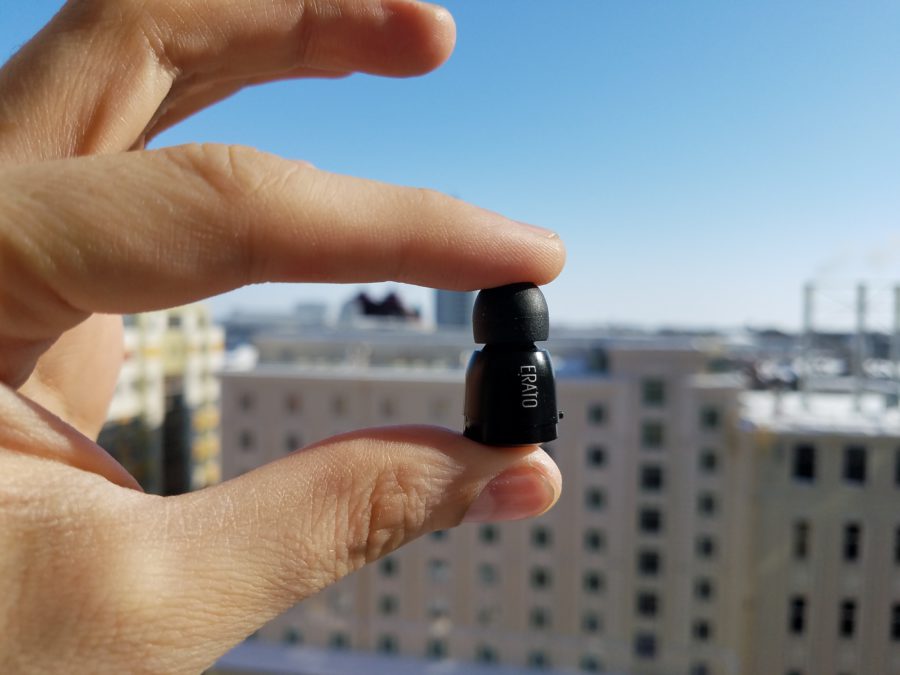
More and more smartphone manufacturers are abandoning audio jacks, focusing on wireless solutions, both from third-party manufacturers and developing their own.
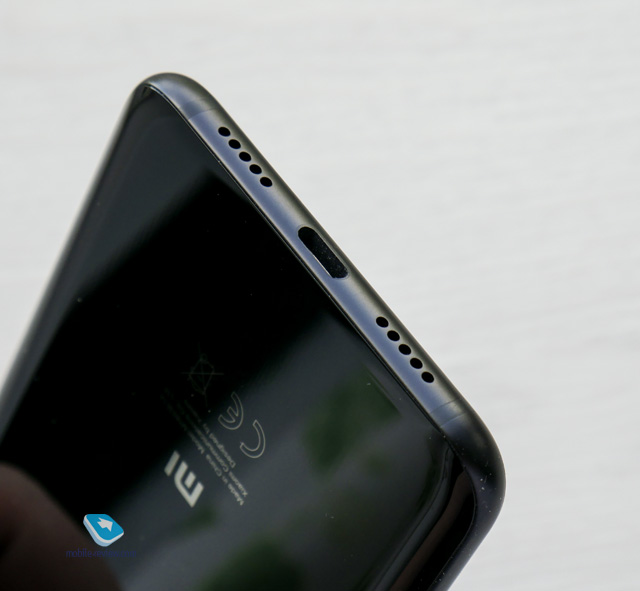
The next step in the development of wireless audio was the complete rejection of wires, such headphones and headsets even received their own term 'true wireless' – truly wireless, or completely wireless.
One of the popular misconceptions on this topic is attributing the primacy in creating such a solution to the company Apple with their Air Pods, but this is not at all the case. The first company to introduce fully wireless headphones was Bragi. Fundraising for the release of The Dash started on Kickstarter back in 2014 and raised significantly more than the required amount. By the way, Bragi are former employees of Harman Kardon and Jabra who created their own startup.
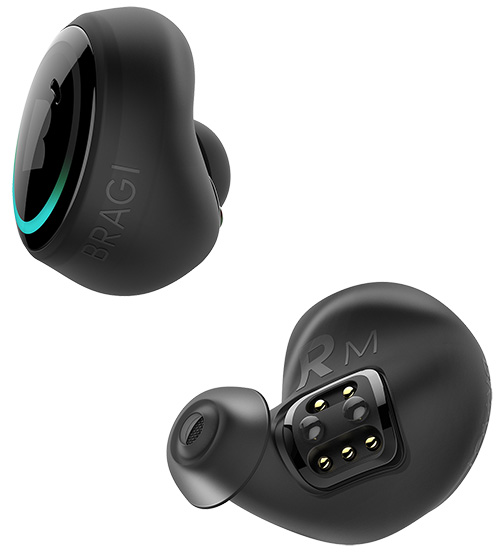
Following Bragi, many major manufacturers showed their vision of fully wireless headphones, including Samsung, which is very beloved by our readers, which showed the first generation of Gear IconX on June 2, 2016.
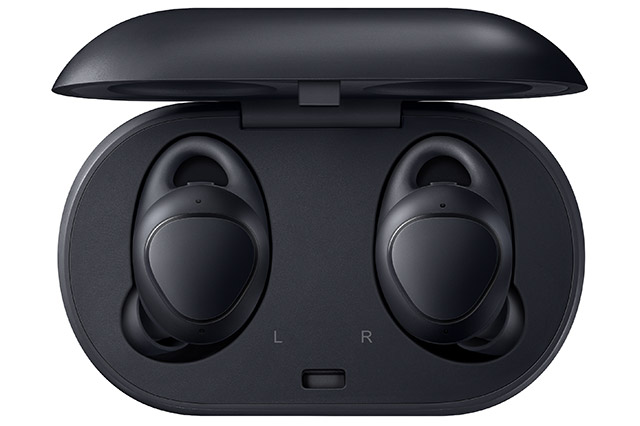
And only in the fall of the same year the Apple company showed its true wireless product.
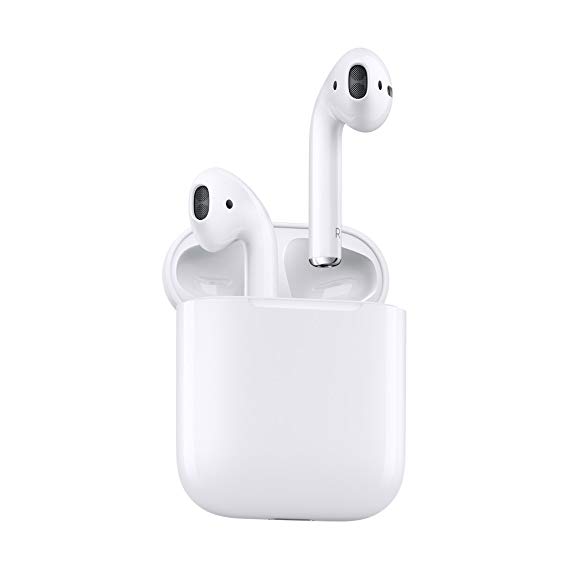
However, it should be given credit that Apple, being a noteworthy marketing locomotive, was able to make this type of headphone popular in the eyes of consumers. Perhaps that is why there are many people who consider Apple the ancestor of the entire segment of similar products.
At the moment, neither the Gear IconX of both generations, nor the AirPods can boast of a high-quality music component, giving out rather mediocre sound, which means that they cannot be recommended as the main device for listening to music.
But they are not alone in the wireless headphone market. In the last year and a half, as mentioned above, almost all smartphone manufacturers have entered this race and have begun to create their own versions of fully wireless headphones and headsets.
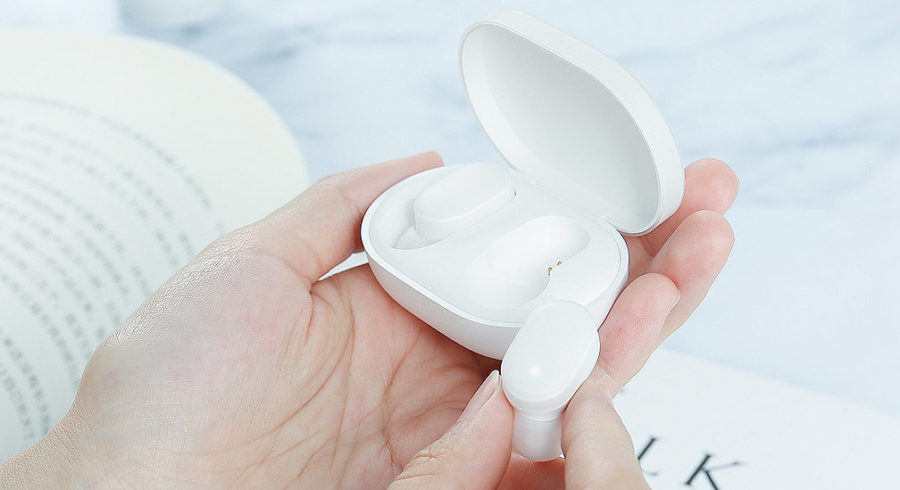
I am glad that there are companies that have gone further and, in addition to design and controversial functionality, began to work on the main function of headphones – sound quality. The first brand name that comes to mind is Sony, which developed the new LDAC codec, which takes wireless audio quality to the next level and has allowed music lovers to list wireless headsets and headphones that support this codec, such as Sony WF- 1000X.
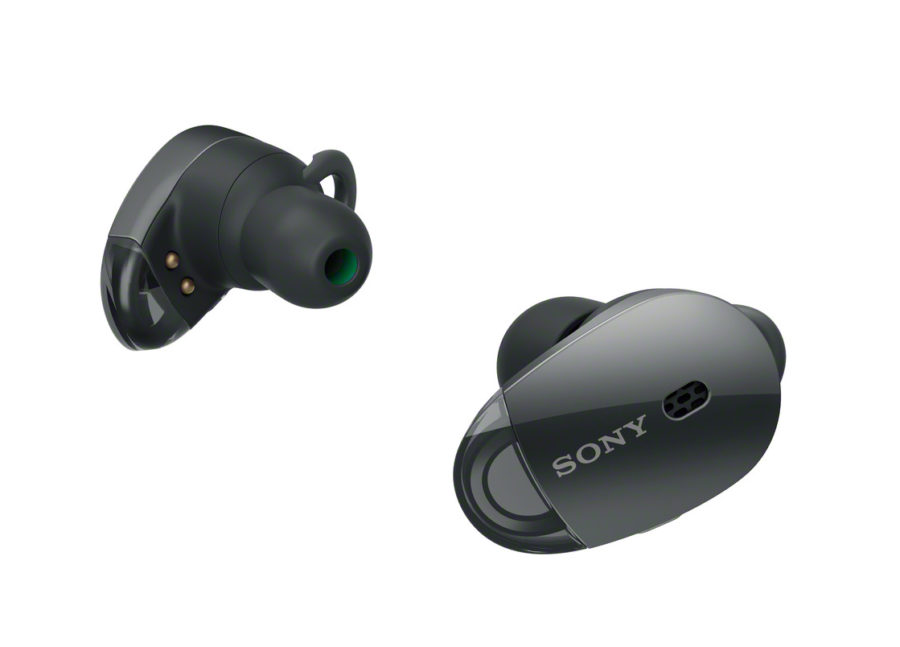
The second question is the design of such products. And here the entire market can be divided into two large groups – those who copy AirPods, and those who do not. An ordinary person has a stereotype in his head that copying is the lot of small Chinese factories that do not have their own designers and development department, which means they are actually forced to copy – this is their business model. And then it turns out that even the first-tier companies are noticed in such an approach. You don't need to look far for an example – Huawei FreeBuds.
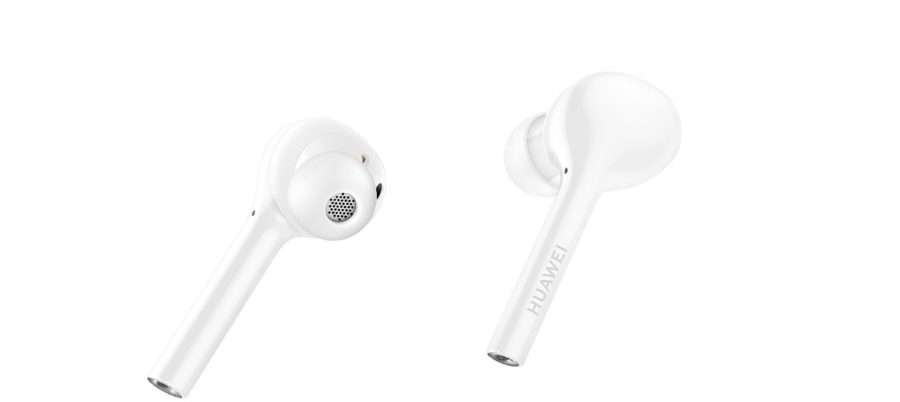
Leaving aside the product design itself, it's a matter of taste. But what's strange in this situation is to see copying from a company that positions itself as an A-brand and strives to create its own style. And okay, if they copied a successful design, or a unique find in the field of ergonomics, but no, a very controversial solution, both externally and in terms of convenience, is copied. Is it a crisis of ideas or a lack of confidence in yourself, a habit?
However, I repeat, design is a subjective concept, and since people like it, then let it be. Besides the appearance, wireless headphones have many other characteristics that need to be developed and improved. This is the battery life, which rarely greatly exceeds three hours, and the stability of the signal between the two headphones, and protection against interference, which cannot cope with a large number of radio signals around, which leads to desynchronization and loss of sounds when playing music. However, despite this, whether we like it or not, wireless technology is the future, and there is no getting away from it.
Almost all of the listed disadvantages are inherent in my current Erato Apollo 7S headphones, except perhaps the sound quality, which they have excellent, but, despite all the shortcomings, I understand that I am no longer ready to abandon the use of a completely wireless solution, which, in addition to the listed limitations , gives a lot of convenience and a unique scenario of use, impossible with other types of headphones.
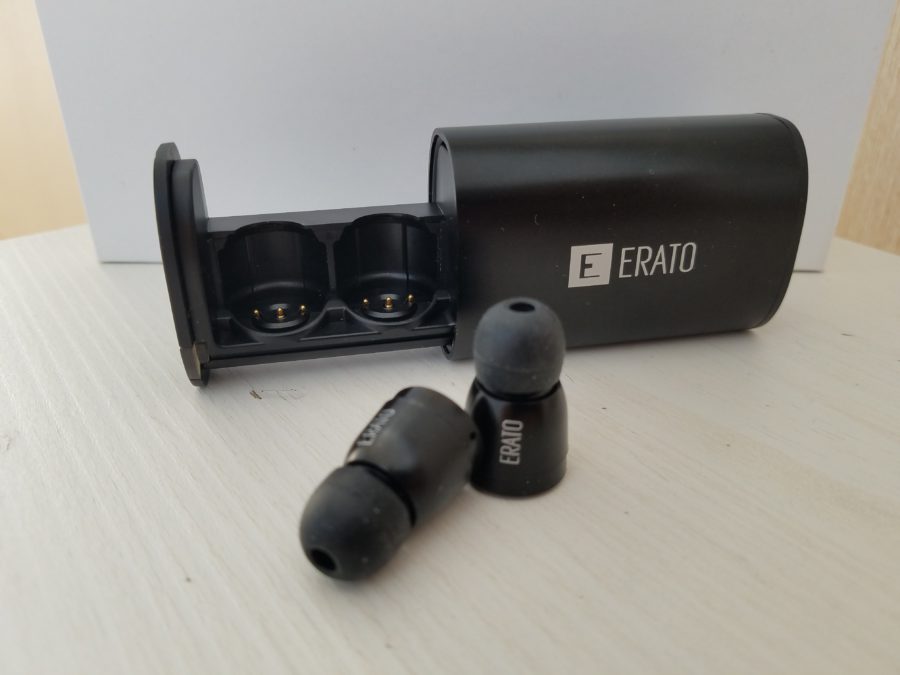
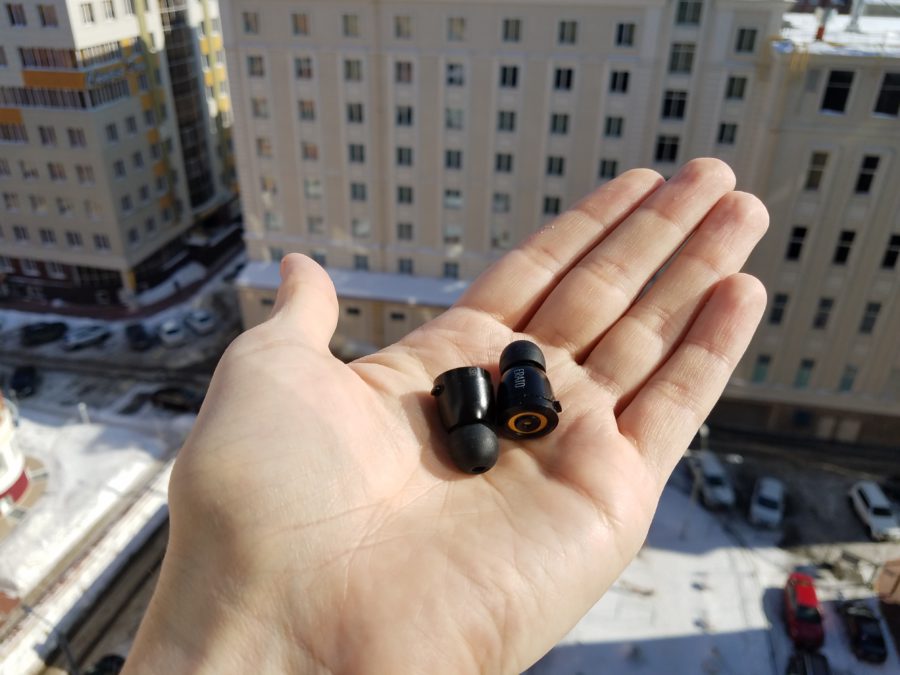
For the widespread introduction of fully wireless sound, you need to do very little – increase the operating time, bringing it to at least 8 hours, and reach the sound quality up to the level of good, not the best, but good wired headphones. Although, as the sales of AirPods show, the last point is not really needed. ?
Conclusion
Whether or not the wires will fail is not a question, the question is when it will happen. And if we take into account the emerging trend of mass rejection of the audio jack, which was supported even by companies that previously ridiculed this “innovation”, it will not be long to wait. The only pity is that in this pursuit of a bright wireless future, manufacturers have forgotten to ask the user whether he needs it or not. But no matter how trite it may sound, we, in fact, have no choice, which means that we can only hope that this will happen as soon as possible.
